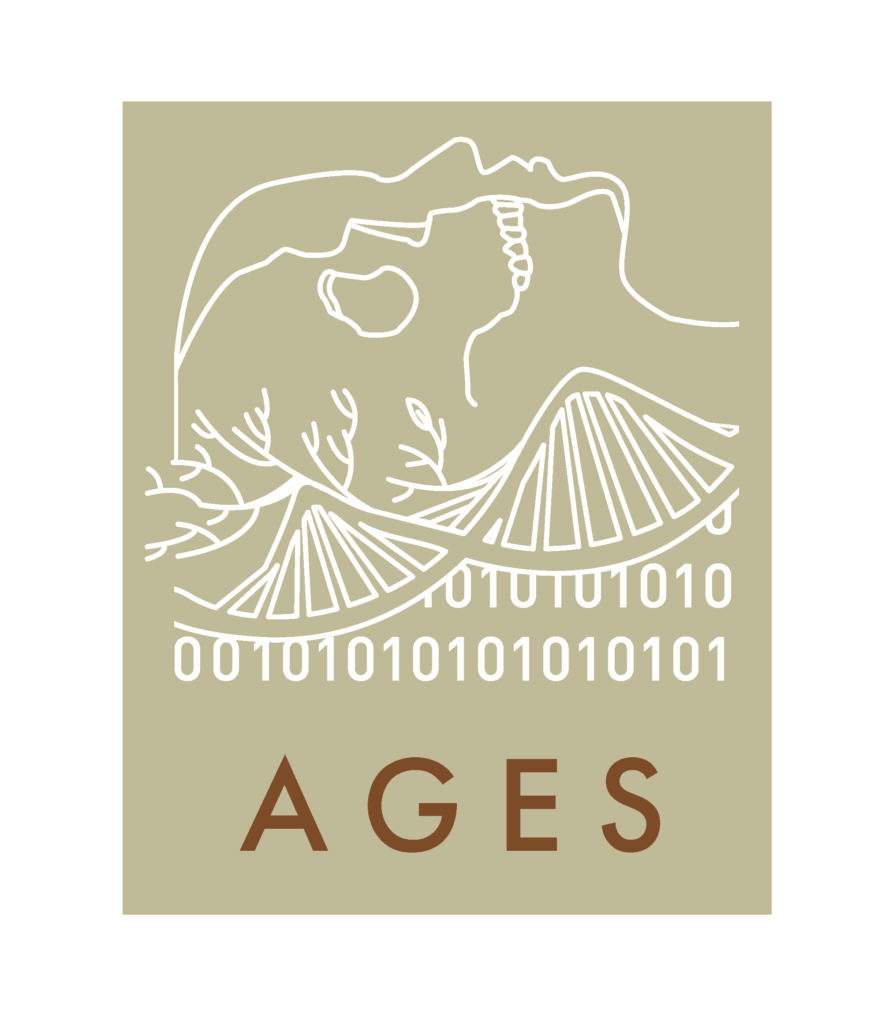Three research groups
CAGT is divided around the IDEA, AGES and FOSSIL research groups, which both show complementary technical skills and research objectives.

In IDEA (Identification, Environments and Anthropometry), José Braga and his colleagues scrutinize the early stages of Homo emergence for key biological, behavioral or ecological factors. Their main research interest is ultimately to identify the conditions that have accompanied the emergence of our genus in Africa some 2 million years ago. To tackle their ambitious objectives, they integrate the exceptional archaeological discoveries from the Komdraai cave in South Africa together with innovative imaging techniques and paleoecological and paleontological data.
In AGES (Archaeology, Genomics, Evolution and Societies), Ludovic Orlando and his colleagues aim to reveal how the major transitions from the past 50,000 years have impacted our evolutionary trajectory and shaped both our biology and our health. Reciprocally, they are interested in understanding how our activities have ultimately circled back to our environment and impacted on the evolution of those communities of species we interact with. From a methodological standpoint, this group truly merges together classical archaeological and historical approaches with the latest advances in molecular and statistical genomics, including ancient DNA and environmental DNA.


In FOSSIL (FOrensic Sciences and the Study of Image Libraries), Norbert Telmon and his colleagues leverage the growing societal need for hospital medical imaging techniques and the exponential accumulation of anatomical medical images to uncover the true extent of modern human morpho-anatomy. Armed with an ever-increasing resolution of medical instruments and innovative statistical approaches tailored to big data analysis, they characterize fine-level morpho-anatomical differences across individuals of different sex, age, and ethnical origins. The application of such techniques to forensic anthropology and the archaeological record are expected to enrich the identification toolkit with finer and more robust proxies, potentially documenting the rise of social inequality in pre-history, and their health consequences.
Infrastructures